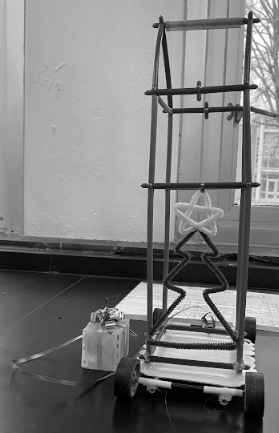Acupuncture, cupping offers alternative approach to traditional medicine
October 23, 2019
Having stable mental health and physical health are both very important in feeling balanced and well. Many places within the community offer therapeutic healing opportunities to help people achieve this balance.
Cupping and acupuncture are two practices people receive when seeking treatment for high blood pressure, migraines, back and neck pains, stiff muscles, anxiety, fatigue, rheumatism, cellulite, and depression.
According to Pacific College of Oriental Medicine both practices originated in Asia. There are textbooks outlining accurate procedures when performing these treatments that date back to B.C.
Cupping is a lesser known treatment than acupuncture, however, it has gained popularity in recent years.
Cupping uses cups made of bamboo, glass, or plastic on the surface of the skin. According to Pacific College of Oriental Medicine the purpose of cupping is to “disperse and break up stagnation and congestion by drawing congested blood, energy or other humors to the surface”.
The suction under the cups is created by swabbing rubbing alcohol onto the bottom of the cup, then briefly heating it with a flame and putting the cup immediately against the skin.
The flames used to heat the cups are never used directly on the skin and are not used extensively on the cups; preventing the cup from burning the skin.
Placement of the cups on the back may seem random, however they’re actually very specific. The cups are supposed to follow the five meridian lines on the back, achieving maximum stagnation and unblocking of vital fluids.
Senior Will Becker described his experience when receiving this ancient Chinese treatment as “harmless and feeling really good” he also added “don’t cup your forehead, it stretches your whole face.”
Acupuncture is a different process, inserting very thin needles just under the surface of the skin.
The points in which the needles are inserted are like cupping. They follow meridians or pathways along the body to encourage the experience of flow and balance.
Acupuncture needles are inserted at different depths depending on the location and intensity of the pain the patient is trying to relive. Although acupuncture involves needles the procedure is supposedly painless and effective.
Usually a single treatment of acupuncture lasts anywhere from 10 to 30 minutes.
Even though the use of cupping and acupuncture aren’t proven to relieve pain, there are many people who believe in the practice and preach its benefits. However, there is a study that supports the theory that the people who believe these therapeutics will help them end up experiencing better results.












